
Čierne diery turn reports and architectural research into travel books. The first two parts of the series, Čierne diery 1 and 2, have become independent bestsellers, inspiring heritage conservation and tourism improvement – but also highlighting gaps in knowledge of history or environmental issues. The books have a particular emphasis on design, from the creation of custom typefaces to hand typesetting and editing photographs for spot color printing. They have won the Slovak Design Award, the Tatra banka Foundation Art Award and the Professor Martin Kusý Award.

From being a self-publisher, Čierne diery has become a partner for other institutions in publishing research books – they cooperate with the Slovak Academy of Sciences and the Slovak National Gallery, for example. The initial focus on industrial monuments has expanded to include architectural modernism, sculpting and other areas. In 2022, the books House of Trade Unions – Istropolis, Power Plants and Healing Through Sculpture were published.
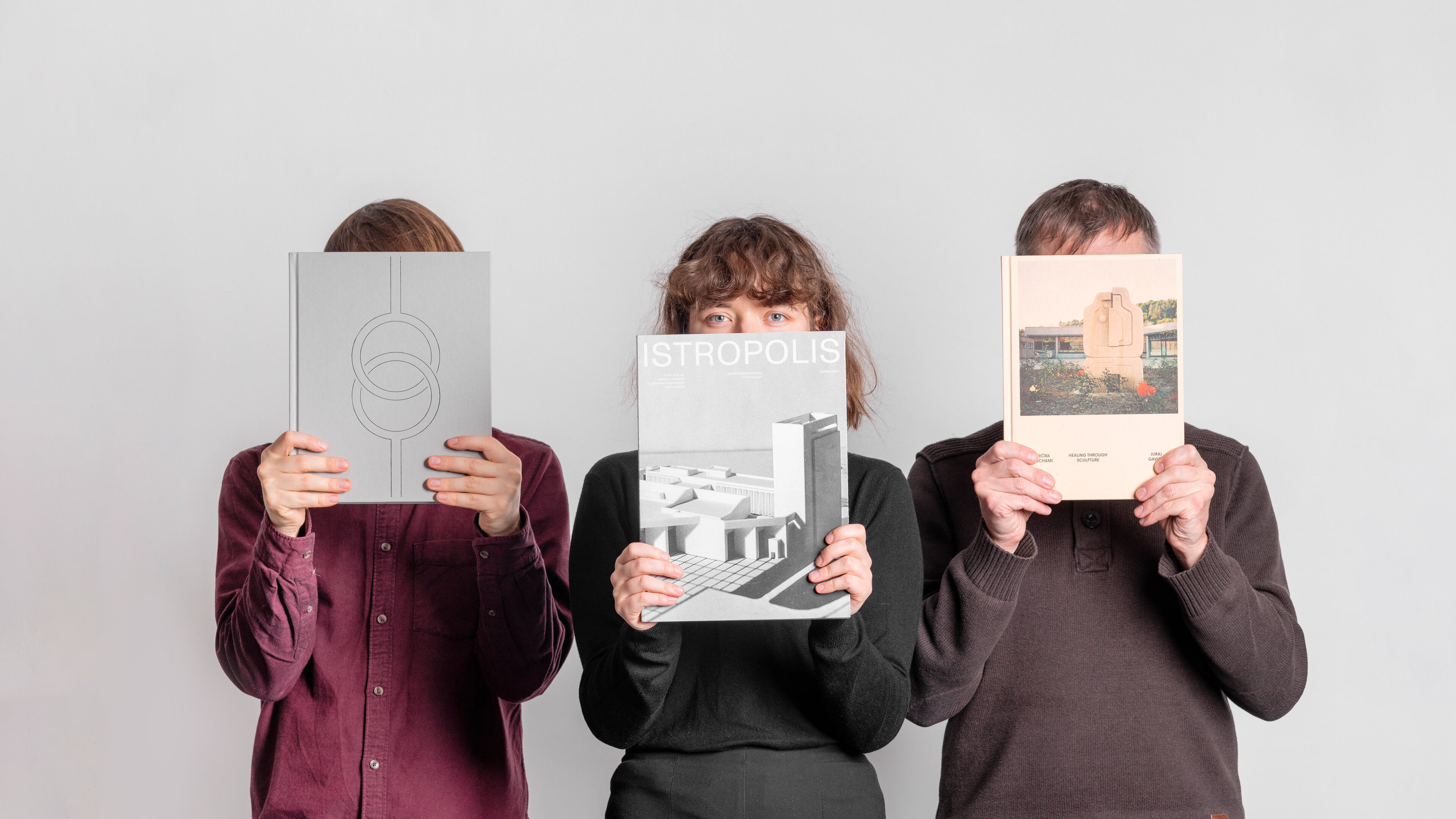
Čierne diery’s activism is accompanied by the creation of prints on their own Risograph printer. Since 2015, more than 80 artists, illustrators and graphic designers have taken part in the series of prints. They have managed to enthuse Slovaks of all generations for historical types of architecture, which were overlooked. In a short time Čierne diery have become an organisation that can financially suppors the preservation of cultural heritage, but also other NGOs in the field of social work. In 2020, the Slovak National Gallery acquired the entire series of prints for its collection.
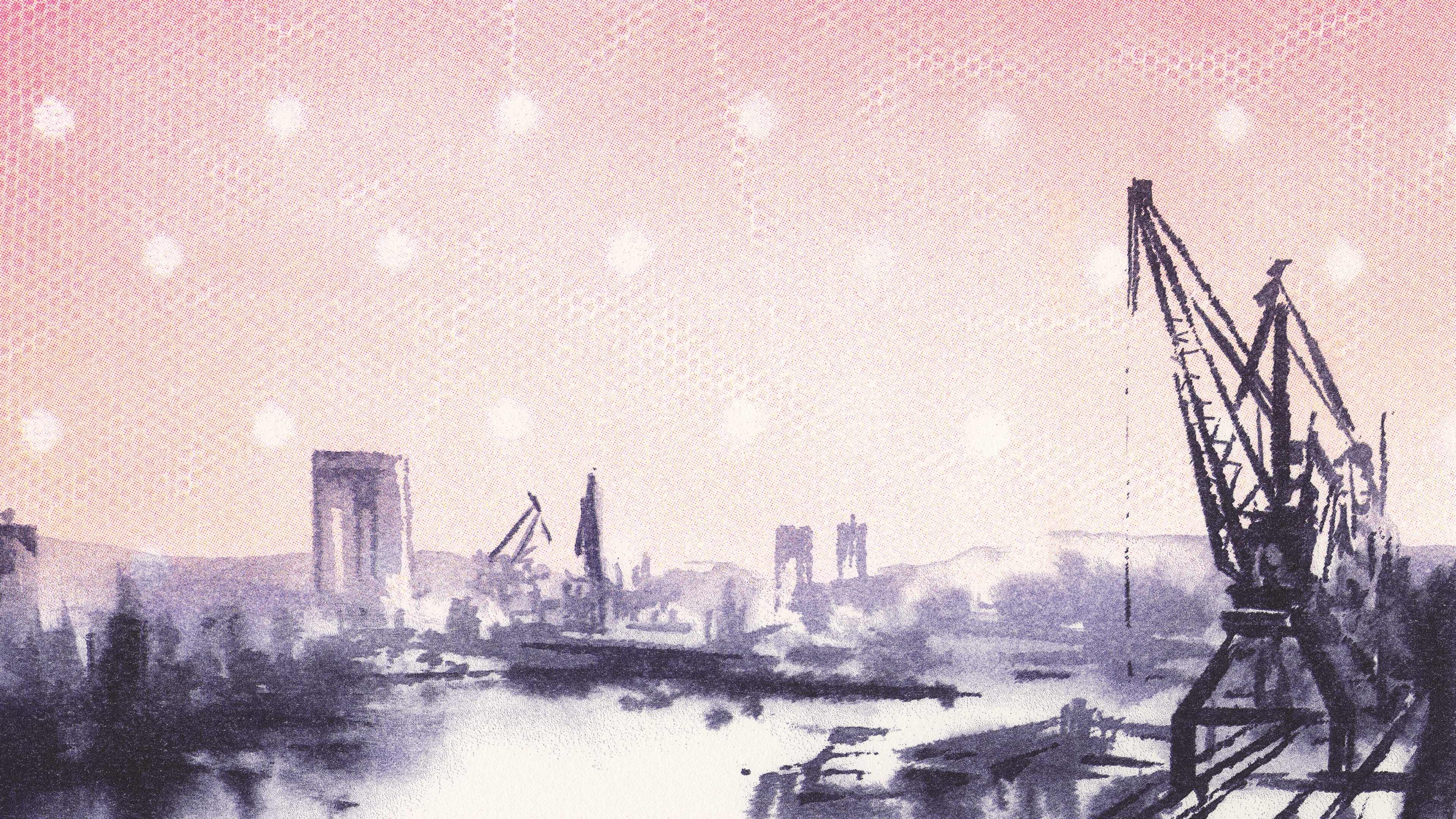
Čierne diery led probably the biggest monument rebellion in the history of Slovakia – more than 70 well-known monuments from St. Martin’s Cathedral to Spiš Castle turned off their lights in support of the preservationists of cultural heritage. The new law threatened to turn monument boards into mere extras. Under pressure from the professional community, the worst was avoided. Similarly, activists have been involved in other initiatives to protect cultural heritage. At the initiative of the Čierne diery, the brutalist Dom umenia (House of Art) in Piešťany was declared a national cultural monument.
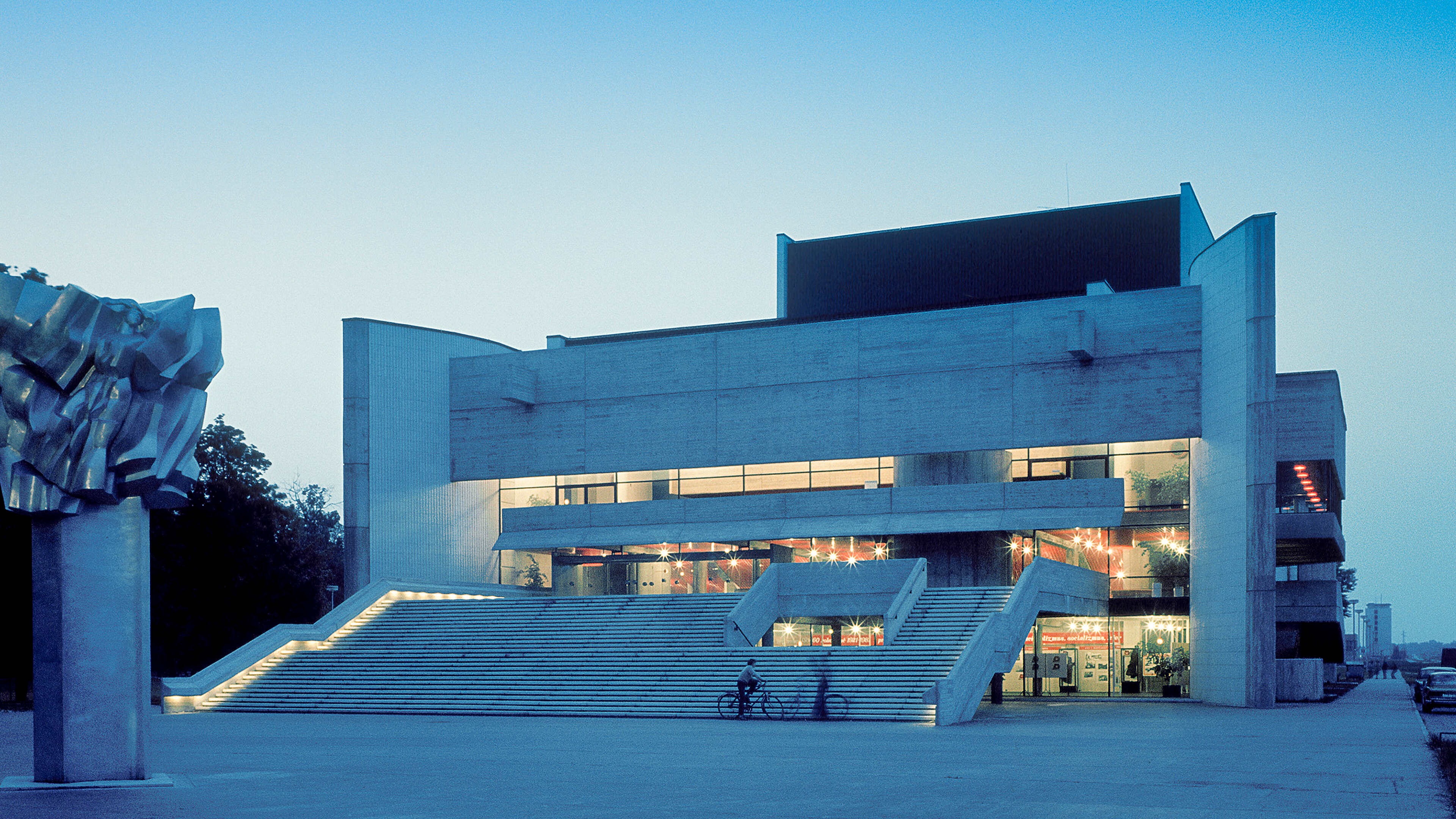
Thousands of collectors make it possible for Čierne diery to engage financially in the fields of culture and social work. For example, they’ve rented a ruined part of a manor house in Jelšava to revive it for experimental accommodation. Together with partners, they also bought most of the flats in the historic ironworks dwelling house in Betliar to restore it for affordable rental housing. Furthermore they are renovating an old miner’s house in Smolnícka Huta. And they restored the sculptural works of Alexander Trizuljak in Piešťany and Juraj Gavula in Bratislava.

During the 2020 pandemic year Čierne diery raised approximately 200.000 EUR to support communities in the areas of art and social work. The main source of finances was the creation of graphic prints, or the subsequent auctioning of works donated by the collectors themselves. Čierne diery, for example, collected around 27.000 EUR for the renovation of an old school for the master craftsman of traditional wooden toys from Kyjatice, 25.000 EUR for Ukraine, 20.000 EUR for a new boiler for the Kláštor cultural centre in Rožňava, 12.000 EUR for parenting centre of excluded communities in Dobšiná, 11.000 EUR for activities at the modernist Machnáč sanatorium, 10.000 EUR for research into modern architecture at the Slovak Academy of Sciences, 10.000 for Július Koller Society and similar amounts for many other projects – from streetwork to feminist organizations.

Čierne diery rented part of the dilapidated Coburg manor house in Jelšava in order to revive it for experimental accommodation. The project is carried as gesture showing that the ruin can be revived even when a budget of millions is not available. Studios 2021 and Dielňa Haus won the CE-ZA-AR Architecture Award for the project. The realisation also employed local communities. The visit is available to book free of charge or for a voluntary contribution at www.bunkyjelsava.sk
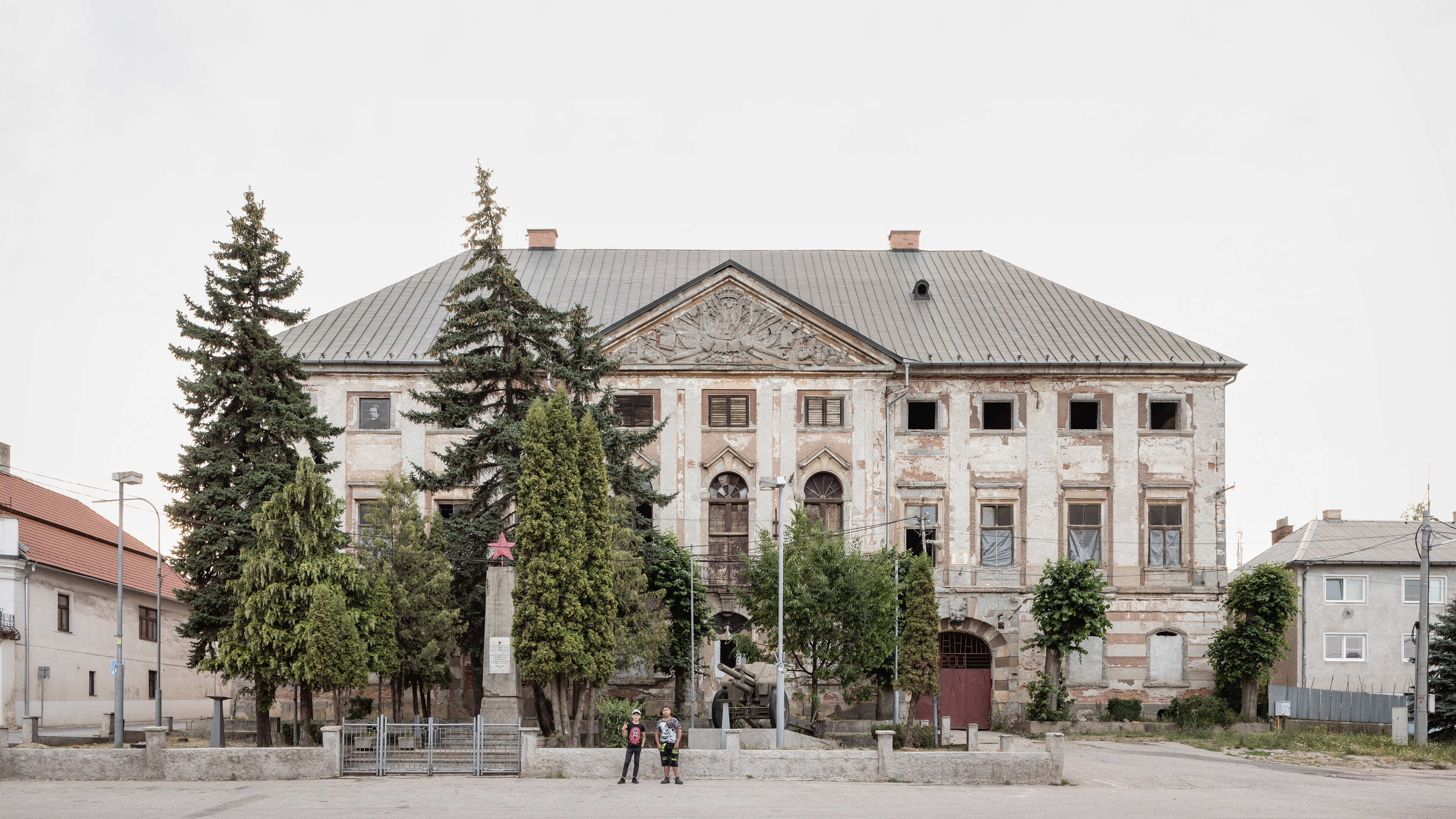
Slovakia owes a debt to sculptors whose works were created for the architecture of housing estates, schools or hospitals during socialism. Hundreds of artworks, even the best ones, were left to decay and destruction after the fall of the regime. Čierne diery helped to save some of them, in addition to their educational and publishing activities. In Piešťany they financed the return of Alexander Trizuljak’s work weighing 28 tons to the spa island. In Bratislava, they initiated the restoration of the relief wall of Juraj Gavula in the Figaro Chocolate Factory (Mondelēz).
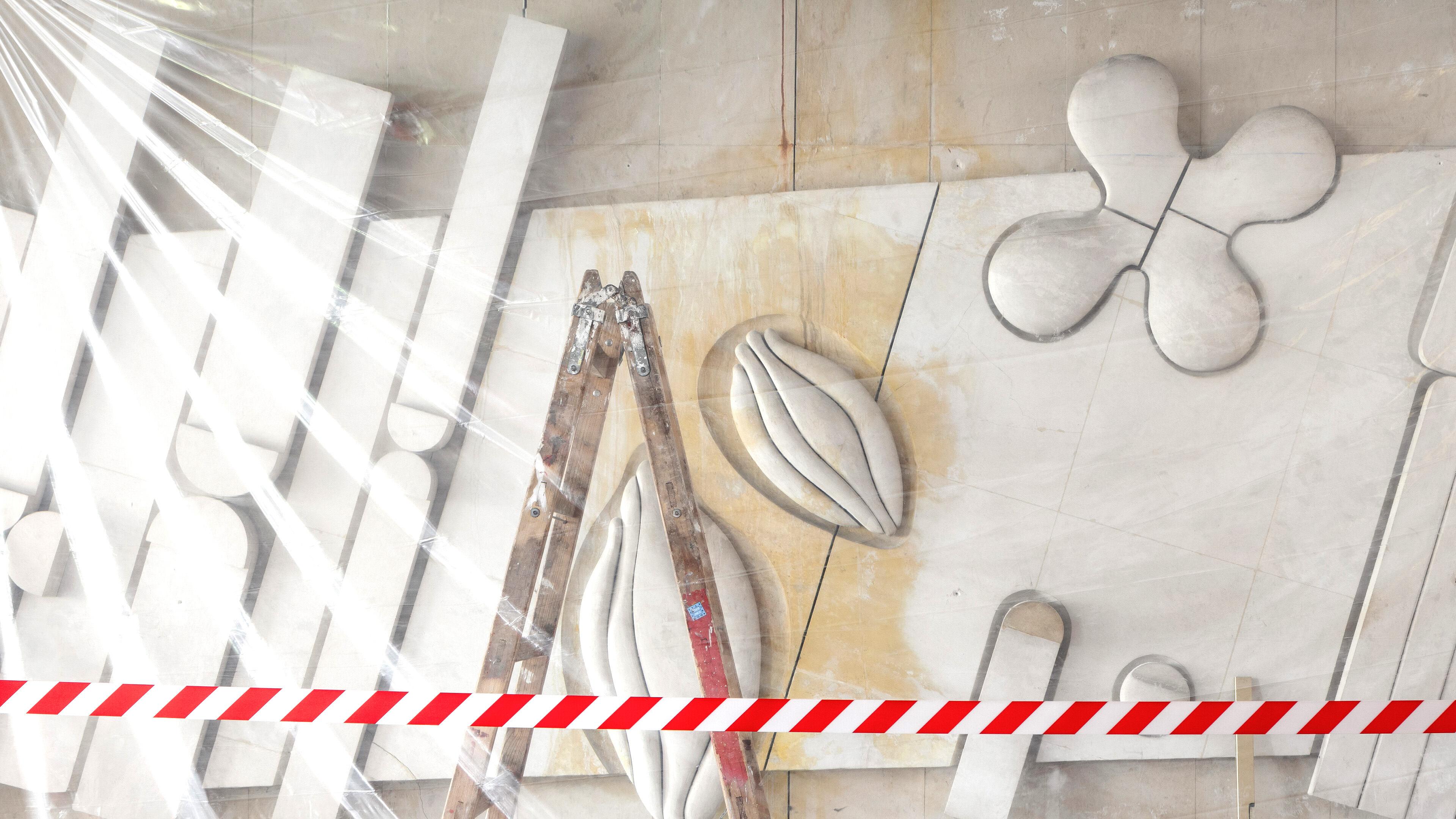
Books bound from graphic prints became an intersection between Čierne diery’s creation of books and visual art. The first was Stratená Bratislava (Lost Bratislava), with thirty illustrations by Daniela Olejníkova, about declining or changing industrial monuments in Bratislava. 850 copies of the book were printed on the Risograph at the Čierne diery studio in Nová Cvernovka and hand-bound using a Japanese binding method. Michal Tornyai, the printer and the creator of design and typeface was awarded the 2020 Slovak Design Award.

To raise awareness about the footprints of industrial heritage, Čierne diery publish maps of technical monuments in regional cities in Slovakia. Each map contains illustrations, texts and the positions of buildings. In 2018 a visual created by Ondrej Gavalda was awarded the National prize for design. Apart from maps of monuments, the association also publishes maps of railways, inspired by maps of the New York and London metros. The hobby project of the designer Ondrej Jób has even made it to the walls of express trains. The older web map with a database of monuments by Čierne diery has been deleted. Some of the buildings now complement the web of 20th century architecture www.register-architektury.sk

In an effort to develop soft tourism, Čierne diery led the construction of the Forest sauna in Spišský Hrhov. The sauna was designed by Woven architects, which was awarded the 2020 CE·ZA·AR prize for architecture for the project. It was built by workers from a municipal firm in Spišský Hrhov which is known for its integration projects for Roma population. The sauna is booked out months in advance. It can be reserved free of charge or for a voluntary contribution at
www.lesnasauna.sk

Awards:
Kolabo – 2nd place (2025)
Forbes – TOP influencers (2025)
CE·ZA·AR prize for architecture (2024)
Most Beautiful Books of Slovakia (2024)
BigMat National Prize (2023)
Nomination: Mies van der Rohe (2023)
Candidate for Fénix prize (2023)
Most Beautiful Books of Slovakia (2022)
Slovak Design Award (2022)
Slovak Design Award (2022)
CE·ZA·AR prize for architecture (2022)
Prof. Martin Kusý prize (2022)
Piešťany City Prize (2021)
Slovak National Gallery (2020)
Slovak Design Award (2020)
CE·ZA·AR prize for architecture (2020)
Tatra banka art prize (2019)
Prof. Martin Kusý prize (2019)
ASB magazine prize (2019)
Forbes 30 under 30 (2019)
Slovak Design Award (2018)
Youth Council prize (2016)
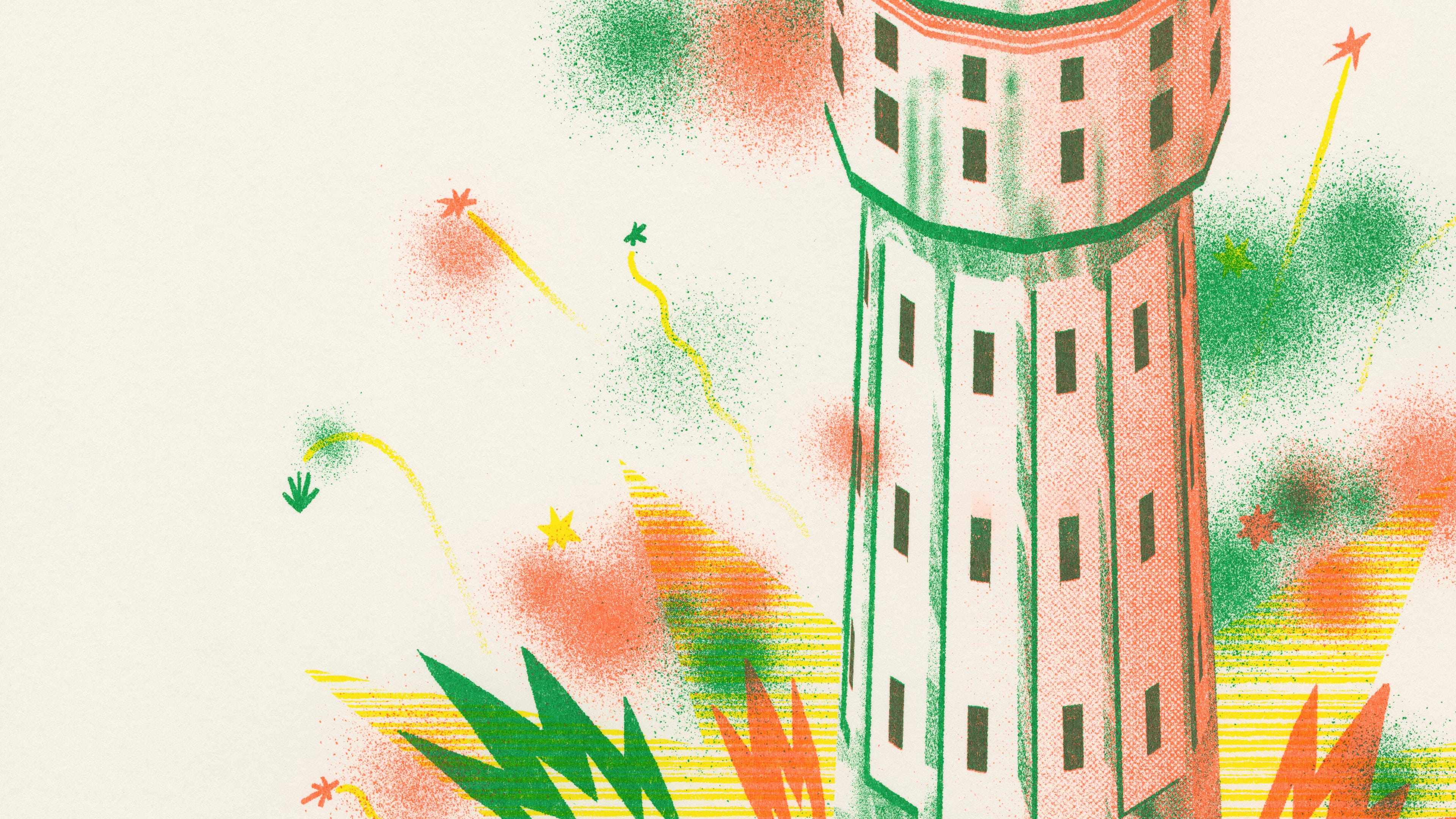
Čierne diery in the media:
People of Print (United Kingdom) Financial Times (United Kingdom) The Calvert Journal (United Kingdom) Česká televize (Czech Republic)Risomania book (Switzerland)Slanted: Yearbook of Type (Germany)Slovak National Gallery bookRiso Kagaku Corporation (Japan)Subsequence magazine (Japan) Arts Observer Field Archive (Taiwan)Hype and Hyper (Hungary)Acquired by National Gallery (SME)Gažovičová: To Have or to Be? (SOGA)Trnovská: Catch-all Project (Flashart)The best books are already gone (N)Slovaks have a crush on them (Plus 7)27 000 euros for a craftsman (Čas)

Exhibitions:
Slovak Museum of Design (2025)
Beyond architecture, Prague (2025)
SOGA Art Auction House, Bratislava (2025)
Bratislava City Museum (2024)
Carpet factory, Revúca (2023)
Graphic Days, Turin (2023)
Andrássy Museum, Betliar (2022)
European Parliament, Brussels (2022)
Kasárne/Kulturpark, Košice (2021)
Nová synagóga, Žilina (2020)
SOGA Art Auction House, Bratislava (2020)
Nádvorie, Trnava (2018)
Council of the EU, Brussels (2016)
Bratislava Design Week (2015)

Čierne diery’s books are frequently set in their own typefaces. For Stratená Bratislava (Lost Bratislava), hand-bound from risographic prints by Daniela Olejníková, Michal Tornyai designed a geometric typeface system, Diery, inspired by the industrial era. For the book Sochy Piešťan (Piešťany statues) he designed the sans-serif grotesque typeface Socha. For the book Čierne diery 2 text typeface Grunt.

Čierne diery tend to keep print proofs and rejects of graphics to create new products. These have already become envelopes for the Bagbet Upcycling Studio and covers for the magazine Železničné vodojemy Slovenska (Railway Watertowers in Slovakia), awarded the Slovak Design Award in 2020, or, for example, the series of six hand-bound books Makula, of which three pieces were auctioned off at about 6.000 EUR each to revive the manor house in Jelšava.

Since 2014 Čierne diery have been devoting themselves to overlooked architectural works in Slovakia, from hundred-year-old factories and deserted spas, to icons of modern architecture. Their books have been discovered by thousands of readers, their graphic prints have become a phenomenon in the Slovak National Gallery collection and proceeds from sale have helped communities in the areas of culture and social work. The members of the civic association are: editor Martin Lipták, journalist Andrej Sarvaš, urbanist Lívia Gažová, designer Michal Tornyai, historian Lukáš Patera, graphic designer Barbara Kowalczuková and architect Miroslav Beňák.
Kontakt: ciernediery@gmail.com

© 2021 Black Holes, Ochrana Privacy